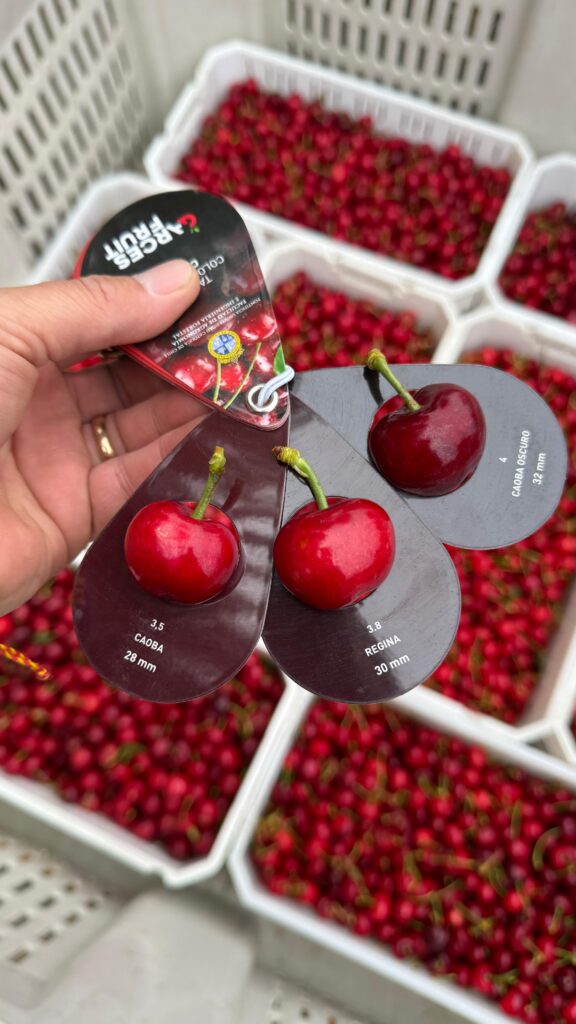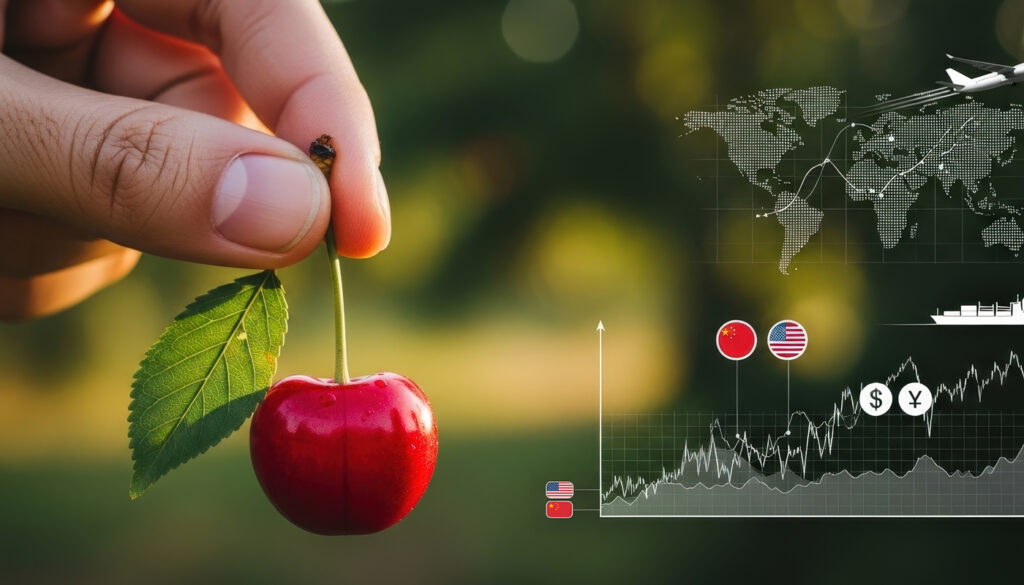By: Eduardo Parra – Agricultural Engineer, Greenmark Technical Manager.
When a foliar treatment with an agrochemical does not give the expected results, it is common to think that perhaps the correct dose was not applied or that the product used did not work. Less frequently, people think about the nozzle used, the volume used, the speed of application or the quality of the water.
Water quality
Water is not only the medium that allows the agrochemical to be distributed, but depending on its composition it can significantly modify the effectiveness of the treatment.
pH
Most agrochemicals require an acidic pH (< 7) to avoid the alkaline degradation of their active ingredients, therefore, it is essential to lower the pH of the water when its value is higher than 5.5 - 6, taking into account, in addition, that some products are alkalizing (they increase the pH).
The rate at which alkaline hydrolysis occurs depends primarily on the specific chemical properties of the agrochemical, the pH of the water mixture and the period of time the product is in contact with it. Values above pH 8 and 9 can cause extremely rapid alkaline hydrolysis to the point where the degree of phytosanitary control may be largely lost. The degradation of an agrochemical is generally expressed in terms of its half-life, which is the period of time it takes to decompose in water to half its original concentration (50% of hydrolysis): half-life DT50.
Solids-salts-hardness
Turbid water contains suspended soil or clay particles that can reduce the effectiveness of agrochemicals by sequestering their active ingredients.
There are a large number of dissolved substances in water, mostly salts. Of the main ions present, those that most influence the behaviour of agrochemicals are Ca++ and Mg++, expressed as calcium carbonate equivalents, which are reflected in the hardness of the water.
Hard water produces scale that can clog nozzles and filters on spray equipment.
High contents of dissolved ions form insoluble salts with agrochemicals or surfactants that stabilize them and hinder the dissolution of phytosanitary and nutritional products.
To ensure the effectiveness of foliar sprays, it is recommended to achieve a pH of the broths of:
- 5.5 – 6.0: for applying agrochemicals and fertilizers
- 4.0: to apply herbicides and synthetic hormones
- 4.0: For cleaning fabrics from sooty mold/molasses
Water treatment
In most cases, to achieve these pH levels it is necessary to acidify the water. In this way it is possible to:
– protect phytosanitary products from alkaline hydrolysis
– increase solubility and compatibility between broth products
– reduce clogging of spraying machinery
The amount of acidifying product needed to reach these pHs is different for each water because it depends on the substances present in it that determine its pH, hardness, electrical conductivity, etc.
To improve the quality of the water used in spraying and the characteristics of the solutions and their penetration, the company GREENMARK has developed VYRER PLUS, an acidifying fertilizer that colors the water differently depending on the pH, thus allowing the desired pH to be achieved safely without the need for equipment.
VYRER PLUS is distributed by GREENMARK and is used on fruit trees, vegetables, crops, etc. throughout the plant cycle.
Recommendation for the preparation of broths
– filter clay and organic matter (the water must be clear).
– fill the machine tank with water to ¾.
– correct pH with VYRER PLUS.
– separately prepare a premix of the solid formulation products (with acidified water) and add them to the tank.
– pour liquid formulations.
Keep stirring continuously and wait until the previous product is completely homogenized before adding a new product.










